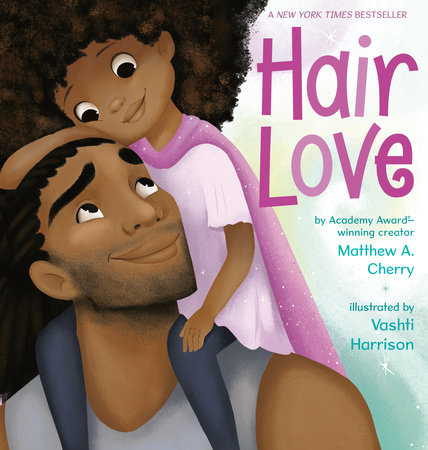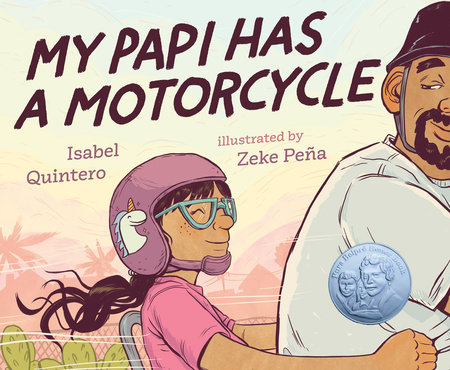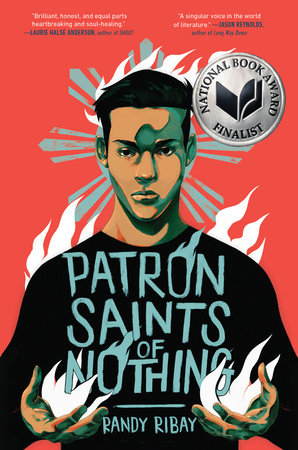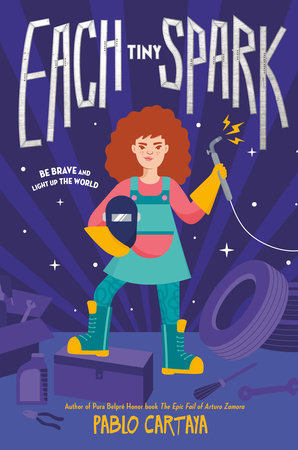Kokila: The New, Inclusive Children’s Imprint Dedicated to Centering Stories from the Margins
by Laura Lambert
There’s a new bird in the flock at Penguin Random House, so to speak. Kokila — the Sanskrit name of a bird that heralds new beginnings — launched in May 2019 to make the world of children’s book publishing, from picture books to YA, more inclusive and robust. Its mission is not only to publish a greater number of diverse books, but also to embrace a new way of thinking about the publishing model — to impact which authors get a chance to be published and to change which stories land in the hands of diverse young readers, looking for a mirror that reflects a bit of their own lives.
Brightly caught up with Namrata Tripathi, the powerhouse behind the new imprint, about how this bird came to be.
Can you tell me about how Kokila started?
Timeline is such a funny question because it’s hard to know where a thing begins. I’ve talked to authors who’ve said, “Oh, I wrote this in a year.” Well, you might have written the book in a year or three months or whatever it took, but you’ll realize you’ve been thinking about it your whole life. That’s how you got to the place where you could tell that story. In some ways, with Kokila, there’s a bit of that, too. It happened kind of fast, but as my husband tells me, I’ve talked about it for seventeen years.
But usually, when this question comes up in other interviews, I share that Kokila came from the intersection of optimism and rage, which is where I live.
Professionally, or personally?
Both. Kokila was the next step for me professionally and personally. I came at this with a sense of investment and heart, so much that I feel it’s my mission to do this work. That makes it gratifying — and terrifying. The optimism piece comes from how we’re finally having a more vigorous, robust conversation in children’s literature about representation. It’s been happening for decades and decades and decades, of course. At the same time, it’s so frustrating — we should be further along. It can feel very elementary, and not very sophisticated, and demoralizing if we’re still not recognizing the humanity of all people.
When I was looking at next steps, I thought about where I have the ability to make a change. I’ve always worked in large New York publishing firms, and that’s where I’m known and had built credibility, and I was ready to exchange some of that for the next big risk. And I realized the job that I would want is one where diversity wasn’t just the mission but would be looked at holistically in all aspects of the work.
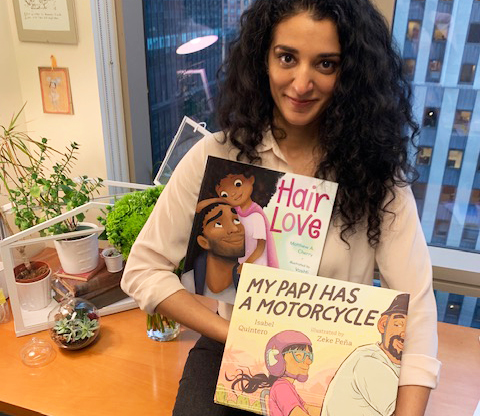
What do you mean by that?
A lot of time when we talk about diversity, it’s diversity on the page or it’s about the creators. The other piece is the gatekeepers. I didn’t see where that was being considered in the process at an imprint level. And I thought how dynamic and vibrant it would be if we had a place where all those pieces came together. Since there wasn’t a model for us, I felt like I needed to make my own way.
As you made your business case for Kokila, were there any stats or facts that shocked you or that stood out?
In a lot of ways, it all checked out. One of the things I did was to show this is not some small marginal project. This is where the most dynamic, electric storytelling is taking place. And that’s what I’m here for — stories that bring in every reader.
We are about centering stories from the margins, and that feeling of being out of place, out there on the margin, is the central metaphor for adolescence. It is deeply relatable to our readers. I was able to go through and point to how, in the rest of popular American media, the biggest stories and hits came from this place. I asked: What’s the biggest children’s movie? At the time, Moana. Then Coco. What’s the biggest Broadway musical? Hamilton. What became the biggest blockbuster? Black Panther. What’s at the top of the Billboard charts? I was worried it would be Taylor Swift, but no, Cardi B. It’s all right there. At the time I was making my case, the New York Times Best Sellers YA list was 60% writers of color. It wasn’t like, I believe in this thing just because.
And I imagine you are the just-right person for it. You lived in the Soviet Union, Afghanistan, India, Canada, Pakistan, Germany, and Poland before settling in New York City. Your family is Hindu and Sikh. That lends such a unique perspective.
It’s hard to step outside of your experience to recognize it. In some ways, the world has always felt like a small place to me because of how I was raised. My default is understanding how to be in the in-between places and find a richness there. It was always an enriching, exciting, alive-making experience. I recognized I was always out of place, and I drew some power from that. That’s probably related to the foundation of this thing.
Growing up, did you find books that spoke to you and your personal experience?
About a young teenager coming of age as an Indian in Poland? No. It may be that I just didn’t find them.
The first time it happened to me, I was already in my 30s. I was working at Simon & Schuster. Atheneum published E.L. Konigsburg, and one of her books was The View from Saturday. It won the Newbery Medal. I happened to find it on the shelf at work and started reading it for no reason — and then I totally forgot my work for the day. I met this character, Julian, on the page, and he was half Sikh and half white. I’m fully Indian but half Sikh, and everything in my life is hybrid identity. There’s a detail in the novel about how Julian’s accent didn’t match his passport, and how he grew up on cruise ships, basically in-between places, and that really resonated. The characters in the story come together on an academic bowl team, each taking their own time to find their way there, and there’s a scene where the teacher and Julian’s dad are talking about how he finally joined the team. There was a line that went something like, “Julian was last. His journey has been the longest.” It was a way of acknowledging that it took a long time to find home, but he did. I broke down in tears; I got some small taste of it there.
And what have you read lately that gives you hope about the direction that literature, and even publishing as a whole, is moving?
There are so many. For example, every time I read something by Renée Watson, that gives me hope. She’s brilliant. She’ll say, “Let’s tell a story about a Black girl coming into her own as an artist in the Pacific Northwest,” and I’m thinking, YES. That’s making room for new whole stories.
I recognize that I couldn’t do this work if a lot of people hadn’t done this work before me. There’s no way Kokila was plotted in a vacuum. There are so many people in publishing and education, activists and readers, all of these folks who have been pushing this conversation for so long. There has been a committed, dedicated drive toward this kind of work for a long time, and I’m finally at the stage where I can contribute to it meaningfully.
I’m thrilled that so many people in the industry are doing this work. I can’t fill my kid’s bookshelves on my own. As a parent and reader, I need everyone doing that. There can be a narrative of competition in publishing diverse voices. I find that damaging. It tries to tell us this is a zero-sum game, as if diversity is a finite resource.
Right. It’s not pie.
It’s love. There’s always more.
-
Kokila’s latest titles include:
-
My Papi has a Motorcycle
Also available from:Patron Saints of Nothing
Also available from:Each Tiny Spark
Also available from:

